
HISTORY with Mike Hanson
Jeremiah Johnston convinced Chief Blackbird that if a church was built on the site of his father’s home it would be seen as a monument to the old chief. Chief Blackbird was very much taken with the idea.

Jeremiah Johnston convinced Chief Blackbird that if a church was built on the site of his father’s home it would be seen as a monument to the old chief. Chief Blackbird was very much taken with the idea.
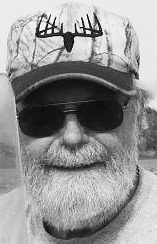
Jeremiah Johnson Chapter 4 Old Chief Great Hawk was not pleased when Jeremiah was giving a sermon concerning God’s word and his decree was that Jeremiah could talk about schooling but not about his god. He told other members of his tribe to leave and said “goodbye.” It did have impact on some of the members including the chief’s son Red Hawk and his grandson and they wanted to know more.
Jeremiah Johnston’s fellow missionary James Taylor Rogers and a native left the School at Little Forks in a canoe that would see them down river for about 35 miles. The Indian sat in the bow on a piece of bark, Mr. Taylor in the middle with Jeremiah steering with his paddle at the stern. Mr. Taylor twisted and turned to try to get a comfortable position for his feet and legs; he found kneeling upright to be the least cramped. For a time, he sat down which was comfortable but he could not paddle much. At Emo they stopped for dinner in which Mr. Taylor described as a room like an oven. Afterwards they went onto the Manitou Rapids and landed below the schoolhouse and were met by a Mr. Wood who had only one scholar, “George” the son of Red Hawk.
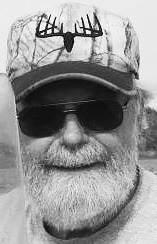
Jeremiah Johnston Chapter 2 In 1895 Jeremiah Johnston was called to take a special course for the ministry and was ordained and assigned to the Long Sault; by September of 1896 he had cleared 5 acres of land and a house and church were built. James Taylor Rogers traveled from Toronto to Rat Portage (Kenora, Ontario) where he saw Indians buying items from the various shops, some of whom had received their treaty money, $5 per head.
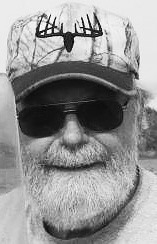
Jeremiah Johnston Kay-Nah-Chi-Wah-Nung Center – some of you may know what it is or where it is, some of you have visited but I strongly suspect most have not and I’m pretty sure that Jeremiah Johnston didn’t ever contemplate about its future history, nor had vision of his part in it because he was born Nov. 20, 1860 at St.
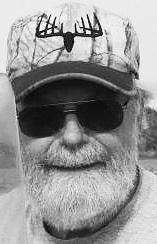
‘Muskeg Annie’ Shelland Part II The students in Koochiching County and their families called her “Muskeg Annie” - the first superintendent of schools in Koochiching and when not in or on a stagecoach, she walked and then walked farther. Annie took note that that the lack of a tax base would never see a proper educational opportunity for a growing population in the new northern counties and that prompted her starting in 1909 to lobby the Minnesota Legislature for a better transportation system.
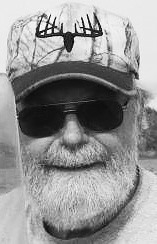
Annie had tuberculosis Annie married C.E. Williams in 1920 and moved to South Dakota; a few years later they moved back to Minnesota where she taught school in three different communities including Baudette.

The Wolf Man Carl Hanson was full of enthusiasm and was endeared to the prospects of adventure. There was some confusion about his name and what year it was, and it was later wondered aloud if he used an alias as he was also identified as Stanley Clarkson.
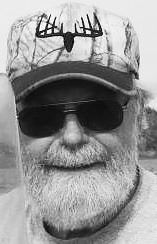
Frank has it tough Chapter 6 In late January of 1913 Frank Geddes wrote his family in Indiana that he was making progress but since last summer he had been short of breath from time to time; he thought he was improving though he admitted he was more chipper on some days than others. Frank was hopeful but also knew that he couldn’t get any more done on his house until he got more money and time to haul some lumber into his homestead but he was typically upbeat and figured he would get it “proved up” by fall and “ then it will count up pretty fast.” Frank’s son George took a snapshot of Frank with their team and a load of poles with his dad holding the reins, but it was George who actually ran the team.
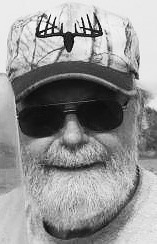
Chapter 5 In 1912 Frank wrote to his brother Scott in Indiana that winter had been temporary postponed by a splendid fall. Frank had got his house up and the roof on but couldn’t finish it until he could get some lumber in.